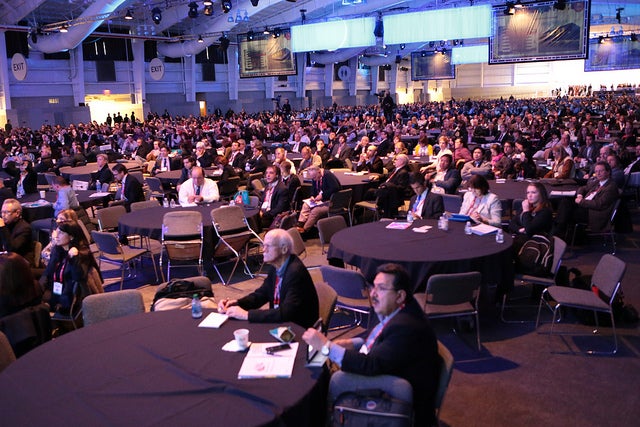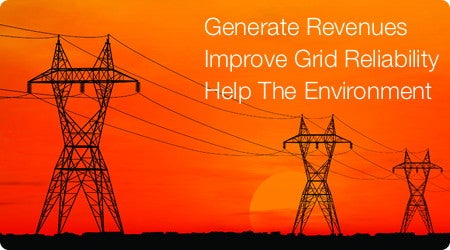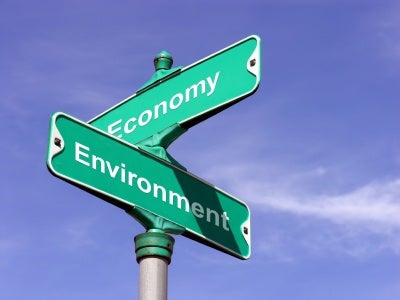A new study accepted for publication in Environmental Science & Technology takes a close look at the amount of certain air pollutants in the Barnett Shale, a booming oil and gas region in North Texas. Using public monitoring data from 2010-2011, researchers from the University of Texas at Austin compared air pollution levels measured at a monitor surrounded by oil and gas operations to the levels that would be expected based on available emission estimates. The result brings to light that the emissions inventory from the Texas Commission on Environmental Quality (TCEQ) for the Barnett Shale does not add up to the observations.
There are numerous air pollutants that can be emitted by oil and natural gas development. Depending on the local composition of the produced gas, emissions can often include volatile organic compounds (VOC, such as propane, butane, pentane, etc.) that contribute to the formation of ground-level ozone (also known as smog), and toxic air pollutants like benzene and hexane that are directly hazardous to human health. Methane, the primary ingredient in natural gas and a greenhouse gas catching lots of attention these days, is another powerful pollutant associated with these operations. Unlike the pollutants listed above, methane directly affects the health of our climate rather than human health. Fortunately, available technologies designed to capture methane are also effective in reducing these other pollutants. However, methane controls alone may not ensure that local air quality concerns are addressed – these require special attention. Read More















